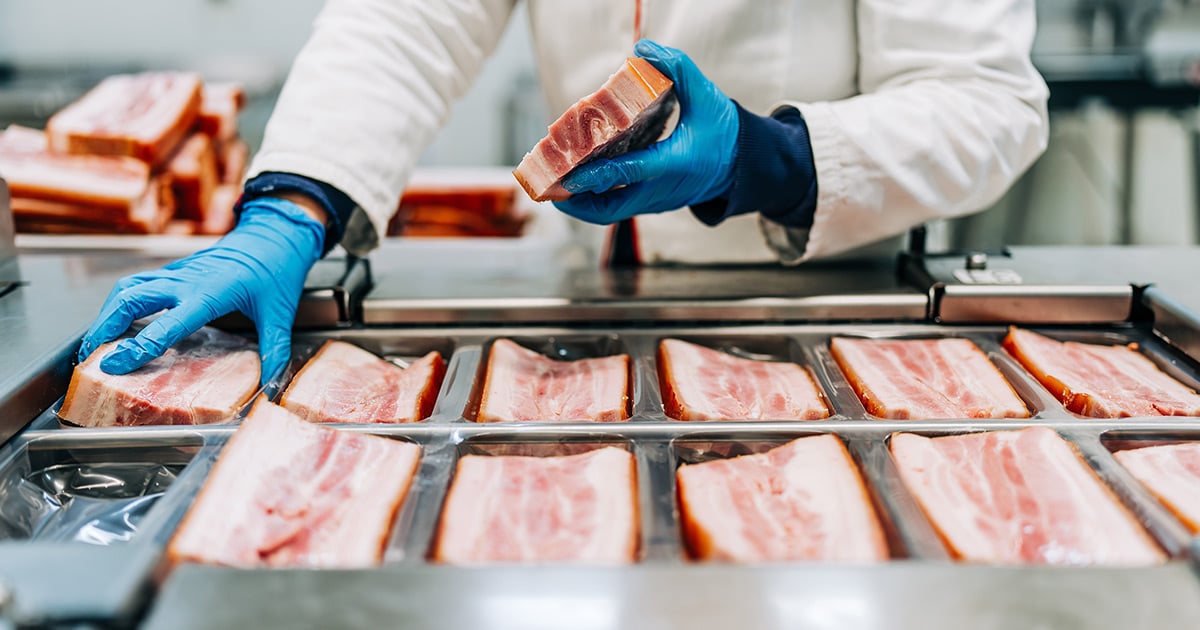19 min read
Protect Perishable Goods with Temperature Controlled Packaging
While many people enjoy the warm weather and outdoor activities that summer brings, high temperatures can also pose a significant risk of essential...
3 min read
 BradyPLUS Editorial
:
August 28, 2024
BradyPLUS Editorial
:
August 28, 2024

While many people enjoy the warm weather and outdoor activities that summer brings, high temperatures can also pose a significant risk of essential items overheating.
Not only can people overheat, but food and medicine can, too, if you don’t take the proper precautions. If your business depends on selling or shipping heat-sensitive items, you need the right cold packaging products to continue operating at a high level.
Why is cold storage packaging important? What options are out there? How do I decide what packaging is right for me?
We've got the answers, so you can keep your heat-sensitive items at the temperature they should be.
It is not only inconvenient to businesses and consumers to have improperly packaged perishables but can potentially be life-threatening, particularly for food and pharmaceutical items. If food is not at the right temperature during transit or when stored, the risk for bacterial growth rises substantially, and pharmaceutical items can lose effectiveness if they overheat.
Before we go further, it’s important to note that not all cold storage packaging options are the same. Even if both say “gel ice pack,” some gel packs may have additional benefits while others are lacking. It is essential to read the manufacturer’s details of the products that you are considering.
Here is a list of the most common cold storage packaging materials, their uses, and their pros and cons. Keep in mind that most of these items are used in combination with one another.
Mailers are best to help keep small items slightly cooler, but they do not provide extreme temperature control. Several options are available.
Insulated Containers are ideal for most applications that require a cooler temperature for a longer period, and they come in many forms: cardboard, plastic, foam, and more. They are often used in combination with cold packs and additional liners.
Insulated Liners are ideal for most applications that require longer travel times at colder temperatures. They are often used in combination with insulated containers and ice packs.
“The biggest challenge our customers face with cold packaging is shipment delays,” said Kelsie Collatt, Category Specialist for Cold Packaging at BradyPLUS. “It’s important to plan ahead when you can and use cold packaging that will last at least one day longer than the expected transit time so that delays will not set you back.”

At BradyPLUS, we had a client on a mission to keep items cold during long summer deliveries.
“They were a fairly new business, so they had a lot of questions about packaging,” said Jim Kavanagh, Account Manager at Sigma Supply, a BradyPLUS company. “They wanted to offer a meal kit service that would allow them to provide fresh and all-natural foods right to their customers’ doorsteps, all over the country.”
Kavanagh explained that the client’s main challenge was finding packaging that would keep their deliveries cold for at least three days, even in the hot summer months. After a couple of weeks of testing different product combinations and packaging methods, Kavanagh helped the business identify the perfect combination of insulated liners and gel packs to keep their customer orders cold for the time period needed.
At BradyPLUS, we will listen to your business objectives, ask the right questions, and help you find packaging solutions that keep your items at the right temperature during this very hot summer. Contact us today, and our cold storage packaging experts will get to work. ⬇️

19 min read
While many people enjoy the warm weather and outdoor activities that summer brings, high temperatures can also pose a significant risk of essential...

13 min read
In 2025, food industry packaging is experiencing a rapid transformation. This is causing food processors and foodservice operators to reevaluate how...

12 min read
It’s the most wonderful time of the year, unless you’re in the throes of holiday ordering chaos. However, there's no need to worry, as there are...